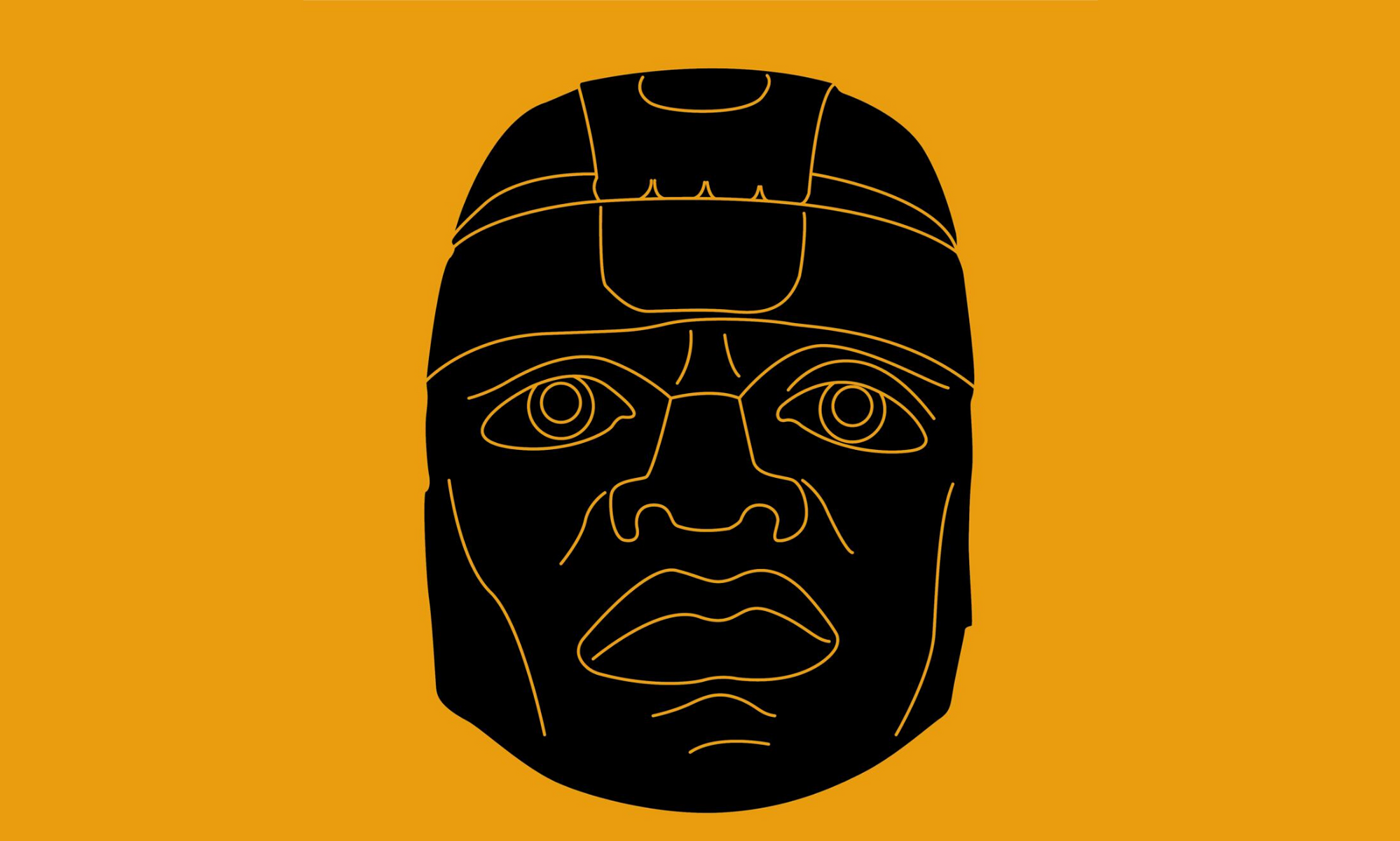Nile Valley in America?
Click here to download this lesson in slideshow format
Welcome to African Connections Level 1, Lesson 1: Nile Valley in America?
In this lesson, you will learn about:
The Olmecs
Africans depicted in American art
Documents from Rameses III
Burial evidence supporting the theory of Africans in America
Objectives
By the end of this lesson, you will understand:
Who the Olmecs were
What percentage of Olmec skeletons were found to be African
Why the presence of cocaine in Kemet is significant
There is evidence that suggests the Africans of Kemet travelled across the Atlantic to the American continent. Around 3500 years ago, the Olmec Civilisation flourished in Ancient Mexico, creating a society with great architecture and art. This civilisation was famous for its colossal stone carvings of heads, weighing between 10 and 40 tons! Some of these massive stone carvings show African facial features as well as braided hairstyles. These heads have been dated at around 1160 BC, the time of Rameses III. They also resemble the colossal heads from the city of Memphis in Kemet, carved years prior.
A vast number of artefacts depict Africans in Indigenous American art, such as some of the Teotihuacan statuettes. The Olmecs also built pyramids with a north, south orientation just like the pyramids of Kemet. According to Bart Jordan, a mathematician, the two sets of pyramids had to be related due to the ways in which they were built.
Documents from Rameses III speak of journeying to the “ends of the earth” and to the mountains of the far west of the world. Could he have been referencing the American continent? Images have been found of an Indigenous American wearing a crown similar to that of the pharaohs. Men with false beards have also been identified in American art just like in the art of Kemet. This was a sign of royalty.
Using anthropological methods, in 1972 a Polish professor named Andrej Wiercinski discovered that 13.5% of the skeletons found at an ancient Olmec site appeared to be African. Another site at a later date showed 4.5% of the skeletons appeared to be African. The burial evidence, which shows African males buried with Indigenous American females, suggested that intermarriage was common. Also, the mummified remains of royals in Kemet, including Rameses the Great, have been found with cocaine in their stomachs. As cocaine comes from the Erythroxylon coca plant, a plant that prior to 1492 was only found growing in the Americas, this provides further evidence that Kemet was present thousands of years ago in the Americas. It also suggests that the ancient Africans travelled to the Olmec civilisation on more than one occasion, exchanging gifts and having a small cultural impact on the nation. However, anthropology is an imperfect method of conclusively proving history, and despite the evidence collated thus far, future research will have to continue.


